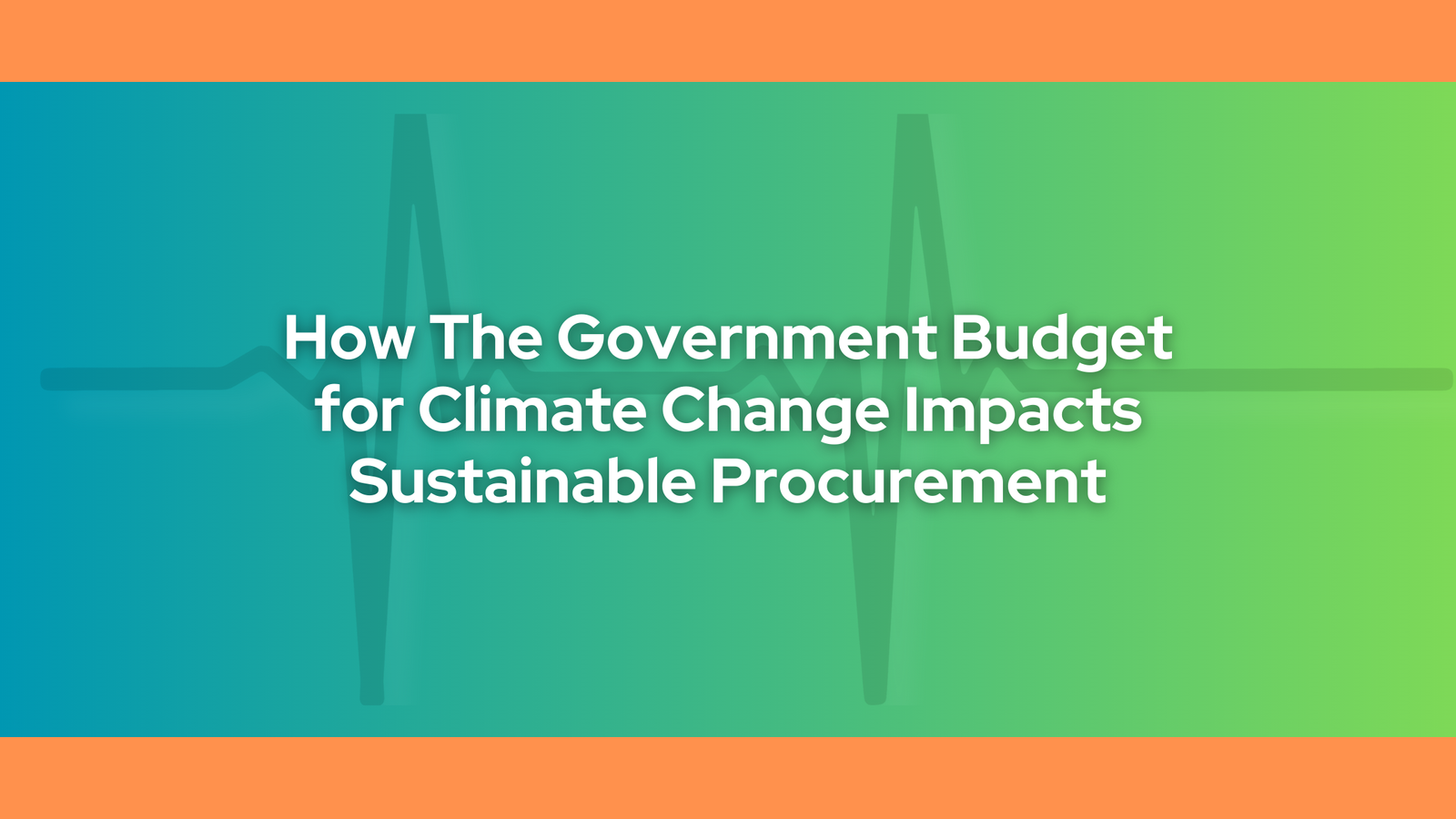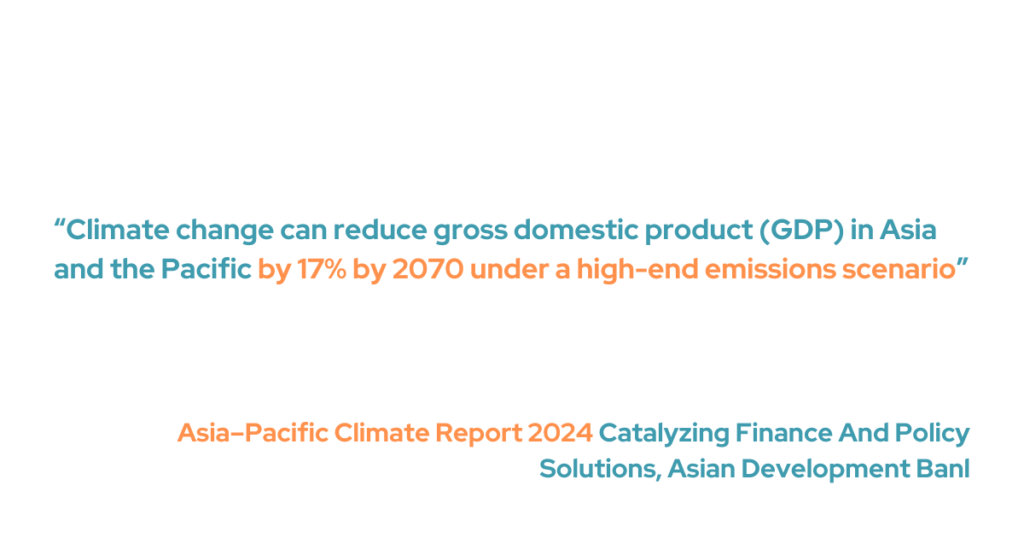
With climate change’s impacts becoming increasingly evident, governments play an important role in steering not just their economy but their countries as well to foster sustainability and resilience. One of their pivotal roles is allocating budgets that prioritize green investments and procurements. Procurement professionals and decision-makers need to align their strategies with climate objectives to ensure long-term resilience, as environmental disruptions are significantly impacting global supply chains. The government budget for climate change can become a key component of the green transition by leveraging innovative policies and targeted expenditures.
The Asia Pacific is no stranger to the predicaments brought by climate change. This region is both a culprit and a victim. According to the Asia-Pacific Climate Report 2024, in 2021, it was responsible for around half of the greenhouse gas emissions worldwide. Due to its high dependency on fossil fuels, most of these emissions are from the energy sector.

Despite this, the countries in this region are also the most vulnerable to calamities and extreme weather events under climate change. The Asia-Pacific countries have faced it all—from rising temperatures and heat waves to rising sea levels and floods. These impacts not only threaten the region’s population, infrastructure, and natural resources but also jobs and economic stability. The same Asian Development Bank (ADB) report said that by 2070, climate change has the potential to decrease Asia and the Pacific’s GDP by 17% in the case of high-end emissions.
The report said that this is due to disruptions in labor productivity, energy, agriculture, and fisheries; an economy-wide model demonstrates substantial economic fragility. The most significant effects are caused by sea level rise and labor shortages, particularly in low-income, vulnerable economies like Bangladesh, Pacific island nations, and coastal areas like Vietnam. Taking into account intricate relationships, losses may be significantly more. Under a high-emissions scenario, extrapolating loss trends with warming indicates that economic losses could reach 41% by 2100.
To address this issue, governments have begun to take action. For instance, the World Bank has increased its financial assistance to disaster-affected small countries, highlighting the importance of strong climate-resilient policies. This demonstrates how strategic government assistance can improve supply chain robustness and give at-risk economies a safety net.
Small, fragile countries can now postpone loan repayments following natural disasters, including floods, pandemics, and droughts, according to the World Bank’s expansion of its Climate Resilient Debt Clause. With deferrals of up to two years, this policy, formerly restricted to cyclones and earthquakes, assists governments in concentrating on recovery rather than debt.

Sustainable public procurement is one of the most important levers for promoting green growth. The United Nations Environment Programme (UNEP) asserts that governments should set an example by implementing procurement policies prioritizing sustainable production and consumption. Since public procurement makes up a sizable portion of GDP in many nations, it is an effective means of promoting green investments and spending.
In research discussed in this ADB blog, Asia can learn from the United States. Inflation Reduction Act (IRA) to increase investments focusing on sustainability and fighting climate change. More than $370 billion in tax credits, grants, and loans are available via the IRA to encourage private sector clean energy development.
The blog says that in order to attract climate financing, Asia needs to implement aggressive climate policies, make unambiguous pledges to decarbonization, and take steps to reduce the risk of private investments. To raise the required money for sustainable development, it highlights the significance of establishing an enabling environment through financial incentives, legislative changes, and public-private partnerships.
The government budget on climate change is an investment in our future as a society, not merely a financial obligation. Governments can stimulate innovation, promote systemic change, and protect economies from climate-related impacts by giving sustainability a top priority in supply chain and procurement policies.